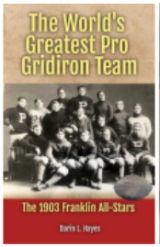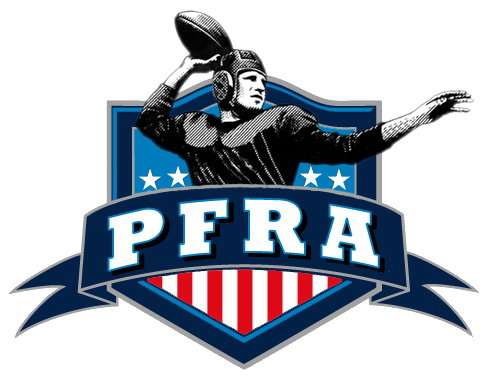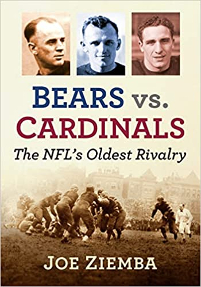The University of Illinois has been represented by the Fighting Illini football program since the gridiron team was founded in 1890. The Illini have played their home games at Memorial Stadium since 1923.
The Illini have won 10 conference championships, including 7 in the Big Ten Conference. They have also appeared in 24 bowl games, including the Rose Bowl in 1947, 1952, and 1964.
The Illini's most successful era was in the early 1920s, when they were coached by Bob Zuppke. Zuppke led the Illini to a 61-13-3 record, including three undefeated seasons. The Illini also won the Big Ten championship in 1923, 1924, and 1927.
The Illini have had a few notable players over the years, and these gents each share the fact that they went on to become stars with the Chicago Bears including:
- Red Grange was one of the most popular players in college football history, and he is credited with popularizing the forward pass.
- Dick Butkus was one of the greatest linebackers in NFL history, and he is a member of the Pro Football Hall of Fame.
- George Halas, the Hall of Fame owner coach and Player for the Bears
Other Illini in the NFL were:
- TE Bob Trumpy who after playing was a wonderful broadcaster
- OT Doug Dieken
- DL Simeon Rice
- RB Bill Brown
The Illini have struggled in recent years, but they have a new coach in Bret Bielema, who is hoping to lead the team back to its former glory.
Here are some of the highlights of the Illinois Fighting Illini football program:
Won 10 conference championships
Appeared in 24 bowl games
Won the Rose Bowl in 1947, 1952, and 1964
Coached by Bob Zuppke, who led the team to a 61-13-3 record
Had several notable players, including Red Grange, Dick Butkus, and Mike Singletary
Check out the internet's top posts on the history of the Illinois Illini football team by joining us in the celebration of college football history. The Illini represent the University of Illinois on the field. See the best web posts that tell the Illini football story below.










